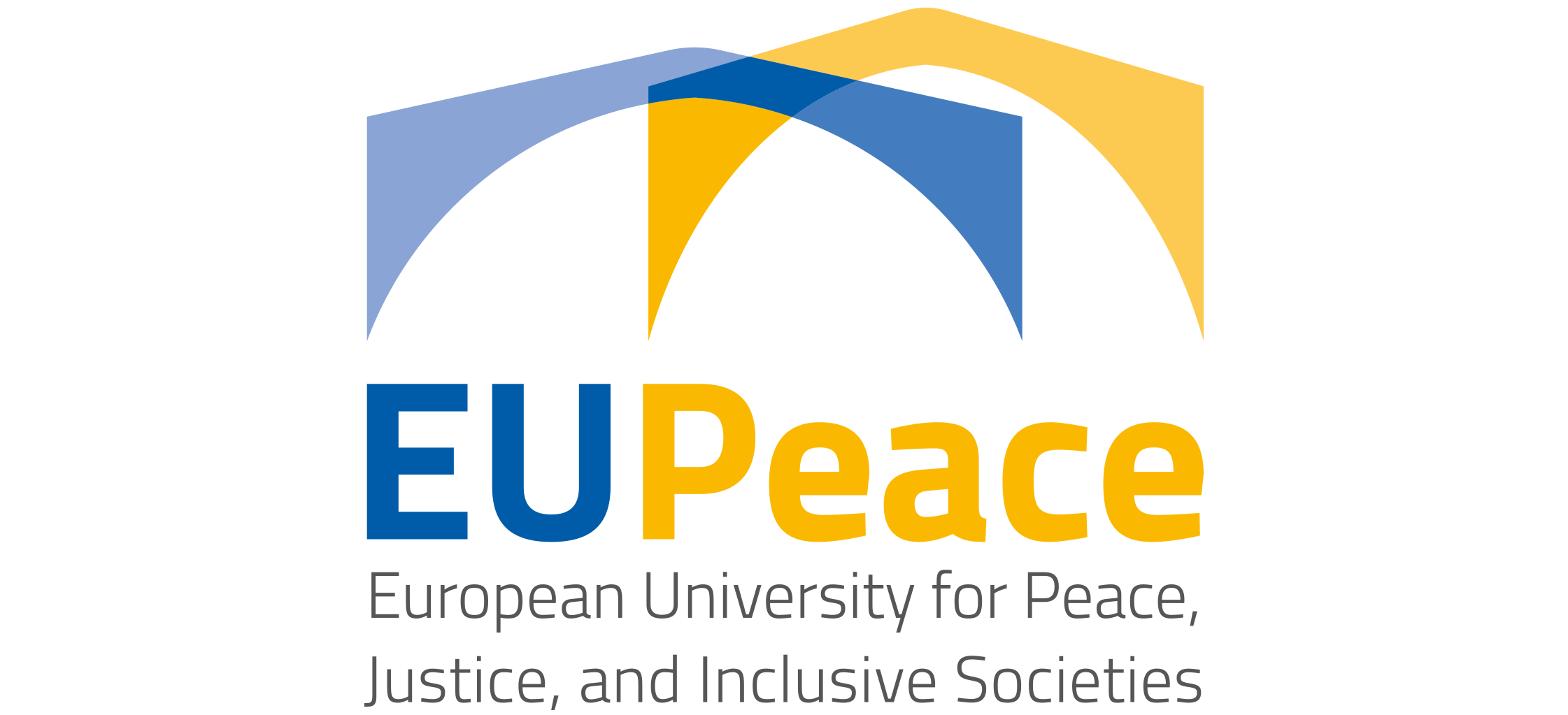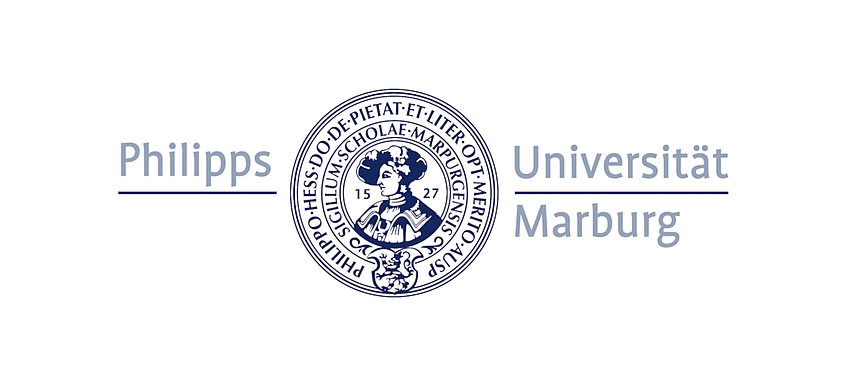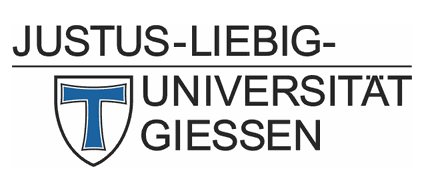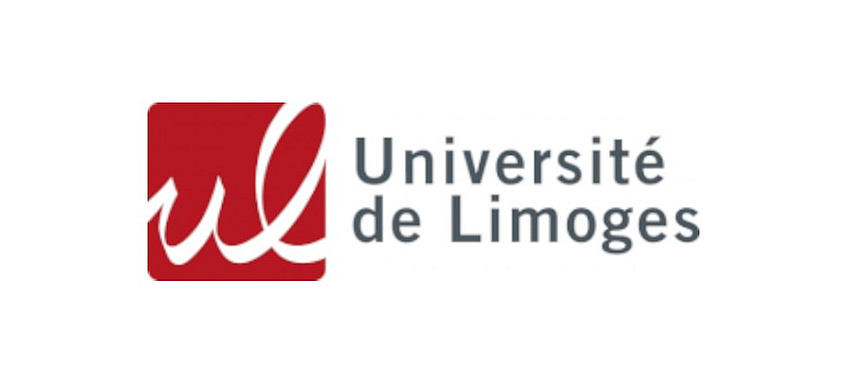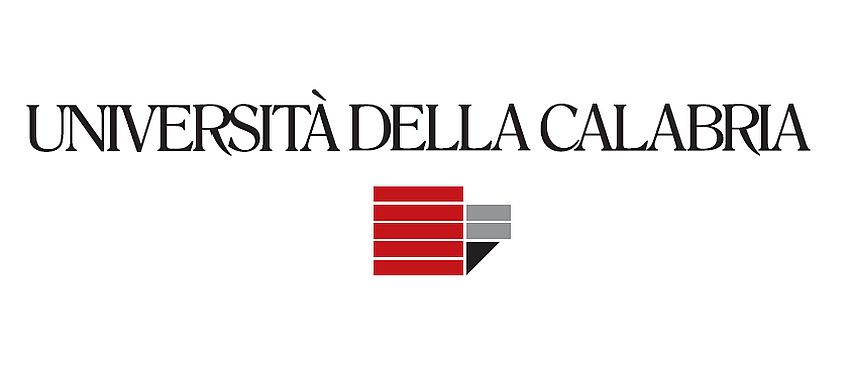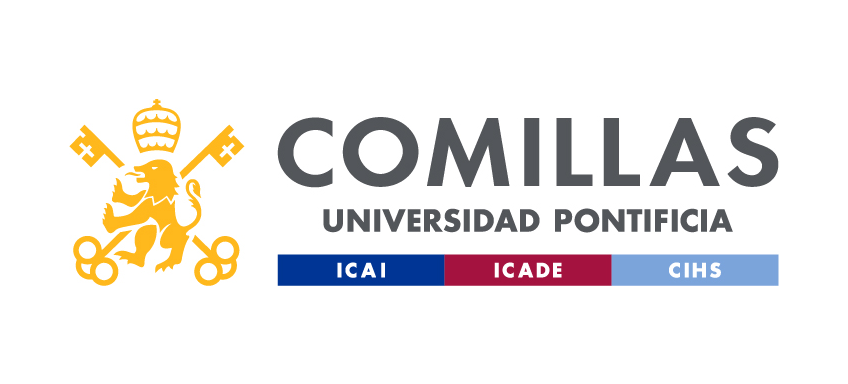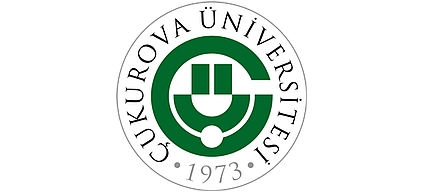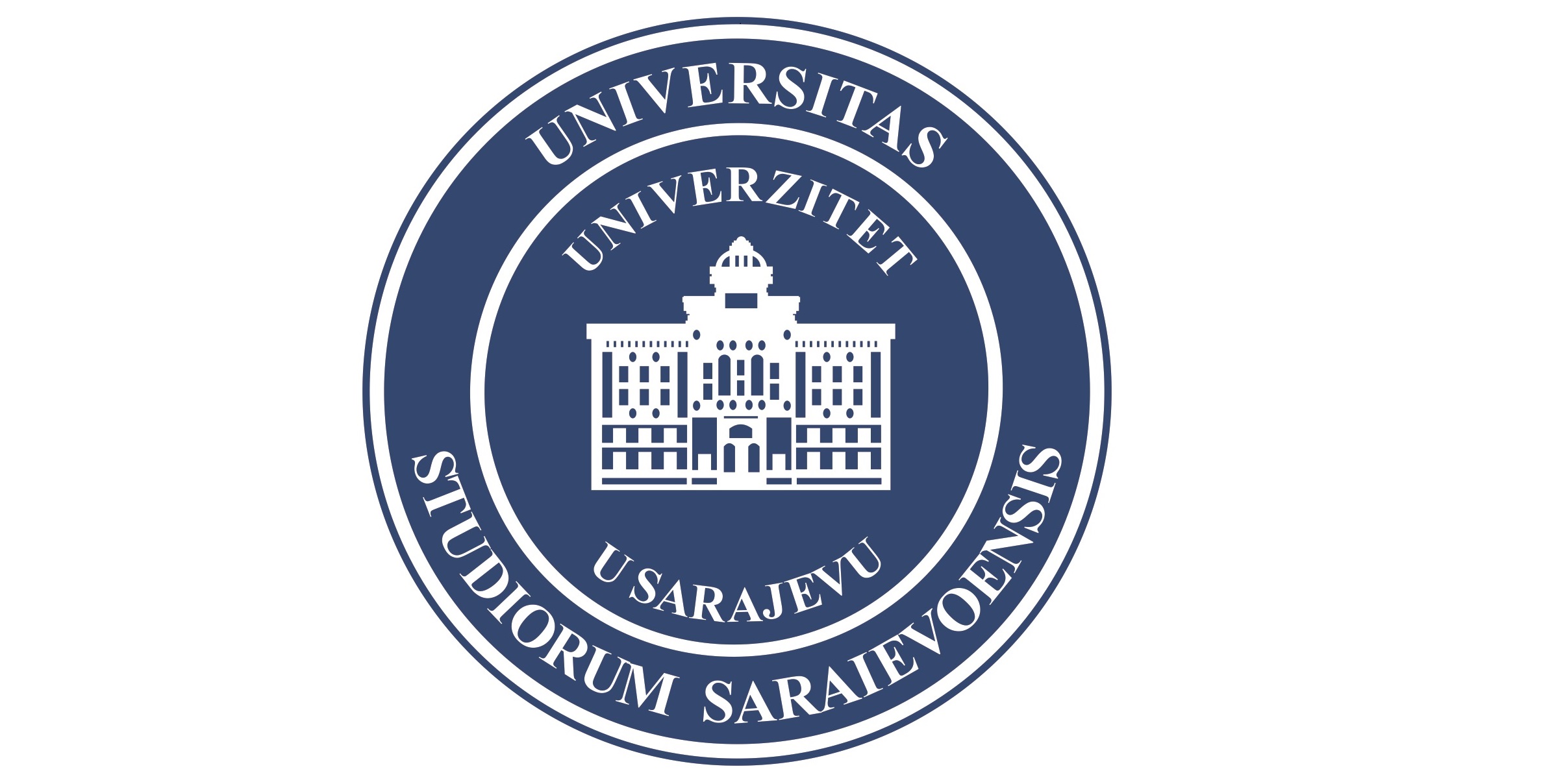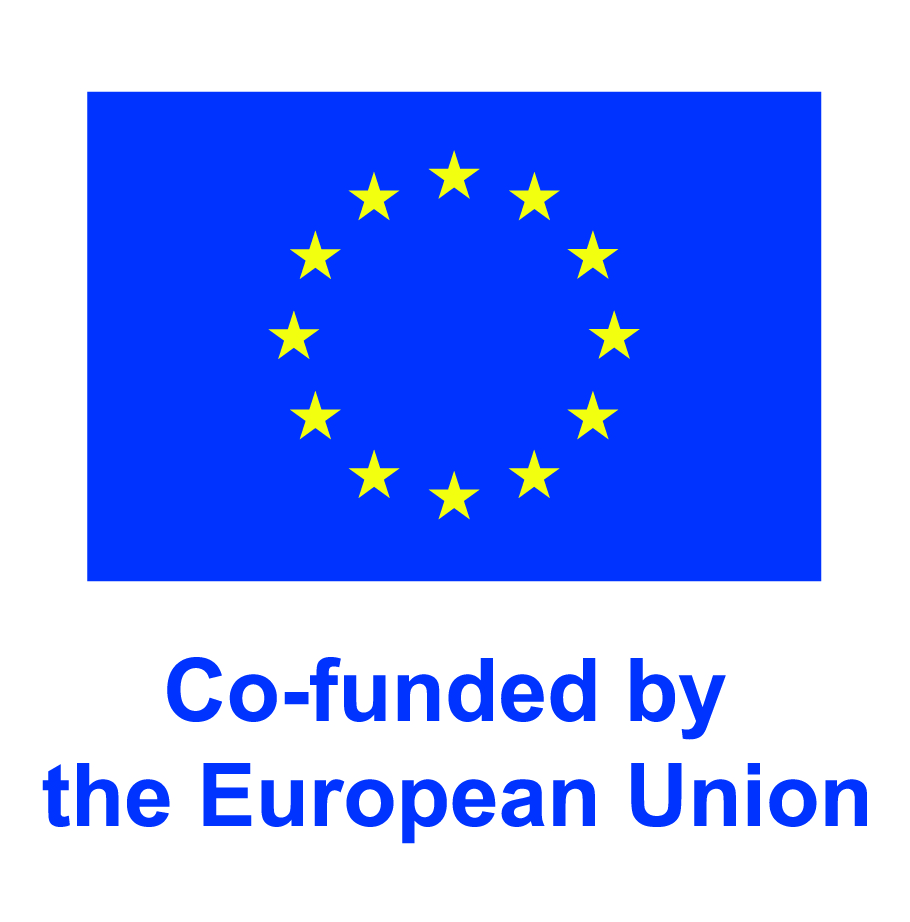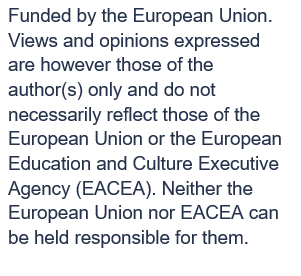Main Content
EUPeace Common Course Catalogue for Teacher Education: Issue 1 (2024-2025)
1. General Introduction
Welcome to the first issue of the EUPeace Common Course Catalogue for Teacher Education!
Below are a few pieces of information which will help you browse and find teacher education course(s) which interest you.
- This is a collection of EUPeace Teacher Education Courses currently offered throughout the nine EUPeace universities.
- This first issue of the catalogue represents only a small sample of courses available from each university.
- There are 48 courses in the 2024-2025 catalogue.
1.1. Which Teacher Education Topics are offered?
- EUPeace strongly believes that teachers play a central role in shaping and educating citizens who strive for peaceful, just and inclusive societies where conflict management is key and based on solid foundations of knowledge and literacy. Therefore, all courses in this catalogue address at least one of the Teacher Education Topics listed in Table 1.
|
Topics expected from D3.2 regarding |
Additional topics linking D3.2 to |
||
|
Inclusion |
26 |
General Methodology |
25 |
|
Historical education |
3 |
Methodology in Subject Instruction |
6 |
|
Political education |
7 |
Multiculturalism |
7 |
|
Democratic education |
8 |
Soft-skills |
18 |
|
Multilingualism |
7 |
Academic skills |
6 |
|
Interreligious competencies |
1 |
Innovative Education |
10 |
|
Digital literacy |
6 |
Innovative Teaching |
2 |
|
Sustainability |
2 |
Research Methodology |
1 |
Table 1. Teacher Training Topics addressed by courses within this 2024-2025 Common Course Catalogue for Teacher Education.
1.2. Is there an EUPeace Teacher Education Course for me?
- Courses cater to two types of participants:
- Pre-Service Teacher Training (PSTT): participants seeking coursework which fulfils the requirements of their study programme and thus contain coursework credited with ECTS which their study programme recognise.
- In-Service Professional Development (ISPD): participants seeking coursework for the purpose of lifelong learning or professional enrichment; rather than ECTS per se, a Certificate of Recognition might suffice.
- Courses address different populations of learners you would teach to, from pre-school children to doctoral students.
- Courses, especially those for ISPD, may even be suitable for administrative staff.
- Table 2 illustrates the 12 types of course participants the 48 courses in this EUPeace catalogue cater to and the number of courses that participants may find relevant. We hope you can find something that interests you!
|
Pre-service Teacher Training |
In-service Professional Development |
|
|
Pre-primary (0-5) |
19 |
19 |
|
Primary (6-10) |
28 |
25 |
|
Secondary Lower (11-13) |
27 |
19 |
|
Secondary Upper (14-18) |
27 |
21 |
|
Tertiary (19+) |
14 |
13 |
|
Administration |
-/- |
4 |
|
Associations, etc. |
-/- |
7 |
Table 2. Number of courses in the 2024-2025 EUPeace catalogue which cater to different beneficiaries
1.3. How do I find an EUPeace Teacher Education Course for me?
There are three ways you can search for an EUPeace Teacher Education Course that suits you. All three search methods browse through the same library of courses, but some of you might prefer to simply “flip through a PDF”, while others may prefer to use “filter and data-sorting functions” to manipulate and search spreadsheets of information. We are indeed, all different.
Below you will find the three search methods and, where necessary, brief instructions plus “coding keys” where relevant.
2. Three Ways to Find Your EUPeace Teacher Education Course
Search-Method 1. The Catalogue as Browsable PDF
The course instructor of each course was asked to complete a brief course template (Figure 1) to help you understand if the course is for you, not only from the point of view of the course content and learning objectives, but also course duration, language, if it has assigned ECTS credits or not, etc.

Figure 1. The template of the course information file associated with each course in this catalogue.
Note 1. If you find the course potentially interesting and would like to know more (e.g. exam format, textbook, etc.) there is a direct link to “Course Details” (last field of each course information file) which takes you to the host university’s online repository of information of all its courses. In the case of courses which are “non-curricular” and may therefore not be in the host university’s online course repository, the course information file provides you contact emails and phone numbers for the course coordinator and course instructor.
Here is the “EUPeace Common Course Catalogue for Teacher Education: Issue 1 (2024-2025)” in PDF, as either a Booklet or as a Flyer. If the links within the documents do not work, you may need to download these PDF onto your device.

Link: https://www.eupeace.eu/en/dokumente/eupeace_catalogue_teacher-ed_24-25_booklet.pdf

Link: https://www.eupeace.eu/en/dokumente/eupeace_catalogue_teacher-ed_24-25_flyer.pdf
Search-Method 2. The Catalogue as a Malleable Spreadsheet
For those who prefer to sort and organise information on a spreadsheet according to criteria that you feel are important to you, here is a spreadsheet you can “play with”. Just in case, here is a video to remind you how to order and sort data on spreadsheets. The URL associated with each course will take you to the course information file. So, refer to the information in Figure 1 and Note 1 above.
Here is the “EUPeace Common Course Catalogue for Teacher Education: Issue 1 (2024-2025)” as an online spreadsheet you can sort through.

Link: https://docs.google.com/spreadsheets/d/1W7ZQHH0AiQq0u0WJ6yvsARclv0qL8FT7uWqPiTUS4M0/
You may also click on this image:
Search-Method 3. The Catalogue as an EUPeace Course Code Index
This is the most intricate search method and may be especially important for those who are searching for coursework which must be recognised by their own university so must be able to link the EUPeace Course Code given to a course within this catalogue to the course code that the host university has already assigned to that course, as part of their own course repository. All courses in the EUPeace catalogue have been organised within an Index Table such as the one shown in Figure 2A. At a glance you can identify if a course is offered in the L1 of the host university or in English. In addition, you can also immediately identify the age-group of learners the course participants would be learning to teach to.
- For example, courses JLU-5, JLU-6 and JLU-7 are offered by Justus Liebig University Giessen and are suitable for teachers who teach pre-primary-age children (age 0-5) while CBR-1, CBR-7, CBR-8, CBR-9 are courses which may be of interest to not only upper secondary teachers who teach students age 14-18, but also university lecturers teaching students age 19+ and even administrative personnel.
To reach the course details published in the host university’s online course repository, follow this 4-Step process:
Step 1. Click on the EUPeace Course Code in the Index Table that might interest you based on the language of instruction and/or age-group of learners.
- This will take you to the Course Title as that shown in Figure 2B.
- Each Course Title is followed by a code in square brackets.
- The coding system provides you two pieces of information which will help you evaluate whether that course fits your interest and academic and/or professional needs:
- If the course is part of the host university’s repository of courses and thus part of one or more curriculum/a of study programme/s (coded U) or if it is a course which, although not in the university repository, is nonetheless offered by the host university: thanks to EUPeace, such courses, usually very important for professional development, gain value (coded E).
- If the course is suitable for pre-service teacher training or in-service professional development, or both; coded, respectively, PRE, IN or B.
Step 2. If the conditions to this point still suit your interest and needs, you can then access the course information file through the link found after the Course Title (Figure 2B).
Step 3. Once you reach the course information file, you will find information which confirms that which you have obtained so far, as well as other information such as the duration of the course, when it is offered in the academic year, etc. as well as a brief description of the course content and learning objectives: see Figure 1 and search-method 1.
Step 4. As with the other search methods, from the course information file you can access very specific course details, as described above under search-method 1.

|

|
|
B |
|

|
|
|
A |
C |
Figure 2. A: EUPeace Course Code Index Table. B: List of Course Titles organised by university and coded using the Description Code in C.
Here is the “EUPeace Common Course Catalogue for Teacher Education: Issue 1 (2024-2025)” organised through a Course Code Index Table. If the links within the documents do not work, you may need to download these PDF onto your device.
Link: https://www.eupeace.eu/en/dokumente/eupeace_catalogue_teacher-ed_24-25_index.pdf


